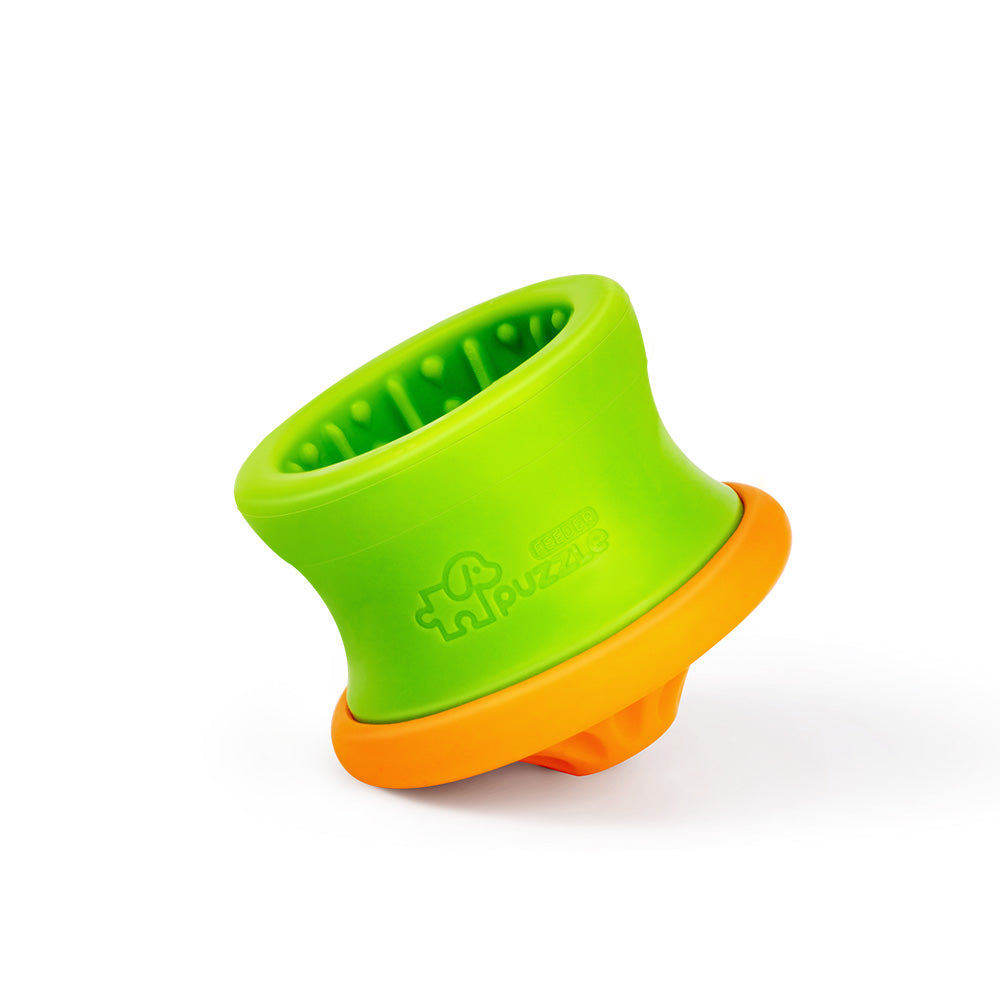How to Help Your Dog Through Diarrhea, Vomiting, and Allergies: Expert Tips and Tools
If you’ve ever had to clean up after a sick pup, you know how distressing it can be to watch them struggle with diarrhea, vomiting, or allergies. As a fellow dog owner, I understand the worry and the desire to help your furry friend feel better as quickly as possible. Beyond just waiting it out, there are practical, vet-approved steps you can take to calm your dog’s upset stomach and alleviate allergy symptoms. One often-overlooked solution is improving how and what they eat—something as simple as switching to a dog slow feeder bowl or introducing a lick mat can have a surprisingly positive impact. Below, I’ll share comprehensive tips and tools to help improve dog digestion, reduce dog anxiety, and guide you toward relief for both you and your pet.

Understanding Common Digestive and Allergy Symptoms
Dogs can experience digestive troubles for many reasons, including sudden dietary changes, mild infections, or even something as simple as gobbling down their meal too quickly. Dog diarrhea often appears when their gut is irritated, while dog vomiting can happen if they’ve eaten spoiled food or swallowed too much air as they eat. Dog allergies, on the other hand, can be triggered by ingredients in their diet or environmental factors like dust or pollen, leading to itching, ear problems, and constant licking.
By recognizing these symptoms, you’re already on the path to helping your dog recover. The good news is that with a few targeted adjustments, you can often improve dog digestion at home and reduce the frequency of these unsettling incidents.
Immediate Steps to Take at Home
If your dog is experiencing diarrhea or vomiting, start with simple, immediate actions:
-
Ensure Proper Hydration: Offer plenty of fresh, clean water to help replace lost fluids. Dehydration can worsen their discomfort and slow recovery.
-
Temporary Fasting and Bland Diets: If your veterinarian advises it, try withholding food for a short period to give their gut a break. Afterward, introduce a bland diet—plain boiled chicken and white rice are common, vet-approved staples—until they’re feeling more settled.
-
Know When to Seek Help: If you see red flags like blood in their stool, repeated vomiting, severe lethargy, or refusal to eat, call your vet promptly. Early intervention is often key to preventing more serious complications.
Long-Term Solutions for Better Digestion and Reduced Allergies

Slow Feeder Bowls: Encouraging Healthier Eating Habits
A dog slow feeder bowl is a simple tool that can make a big difference. Traditional bowls allow dogs to inhale their food in seconds, leading to gulping, gas, and an increased risk of vomiting or even bloat. Slow feeders are designed with ridges and patterns that force your dog to eat at a measured pace. This helps:
- Improve Dog Digestion: Slowing down mealtime reduces gulping and helps their stomach process food more efficiently.
- Prevent Vomiting: Less rapid eating means fewer chances for your dog to irritate their stomach.
- Reduce Anxiety: A calmer meal can help lower stress, making it especially helpful for dogs who get anxious around food.
When choosing a slow feeder, consider non-toxic, durable materials, and a design that’s suitable for your dog’s size and breed. It’s a simple switch that can pay off enormously for both digestive health and overall well-being.

Lick Mats: Soothing Discomfort and Distracting from Allergies
For dogs dealing with dog allergies, excessive itching or licking can lead to further irritation and discomfort. Here’s where a lick mat comes in. Smearing a safe, vet-approved treat (like plain pumpkin puree or unsweetened yogurt) over a lick mat can:
- Reduce Dog Anxiety: The repetitive licking motion is soothing, almost like a form of meditation for dogs.
- Divert Their Attention: Instead of licking themselves raw due to allergies, they focus on the mat, providing relief from constant scratching or nibbling.
- Promote Slow, Steady Intake: By spreading out soft foods, lick mats help dogs enjoy their treats more slowly, aiding digestion just like a slow feeder bowl.

Identifying Allergies and Adjusting the Diet
If you suspect allergies are contributing to your dog’s stomach issues, work closely with your veterinarian. They may recommend a food trial or allergy testing to pinpoint which ingredients are causing trouble. Once you know the triggers, switching to hypoallergenic or limited-ingredient diets can help keep their stomach calm and their skin clear. Lick mats are a perfect way to introduce new, specialized foods slowly and safely.
Lifestyle Adjustments to Support Digestive Health
Alongside feeding tools, consider making small lifestyle changes:
- Consistent Feeding Schedule: Offering meals at the same times each day helps regulate your dog’s digestive rhythm.
- Regular Exercise: Moderate exercise supports healthy digestion and overall health.
- Clean Feeding Environment: Wash bowls, lick mats, and slow feeders regularly to prevent bacterial buildup and ensure every meal is as safe as possible.
Conclusion
Dealing with dog diarrhea, vomiting, or allergies can feel overwhelming, but there are concrete steps you can take to help your pet feel better fast. By providing fresh water, offering bland diets, monitoring for warning signs, and utilizing tools like a dog slow feeder bowl and a lick mat, you can significantly improve dog digestion, soothe their anxiety, and minimize allergic flare-ups. Remember, no one knows your dog better than you; if something feels off, don’t hesitate to seek your veterinarian’s guidance.







Laisser un commentaire
Tous les commentaires sont modérés avant d'être publiés.
Ce site est protégé par hCaptcha, et la Politique de confidentialité et les Conditions de service de hCaptcha s’appliquent.